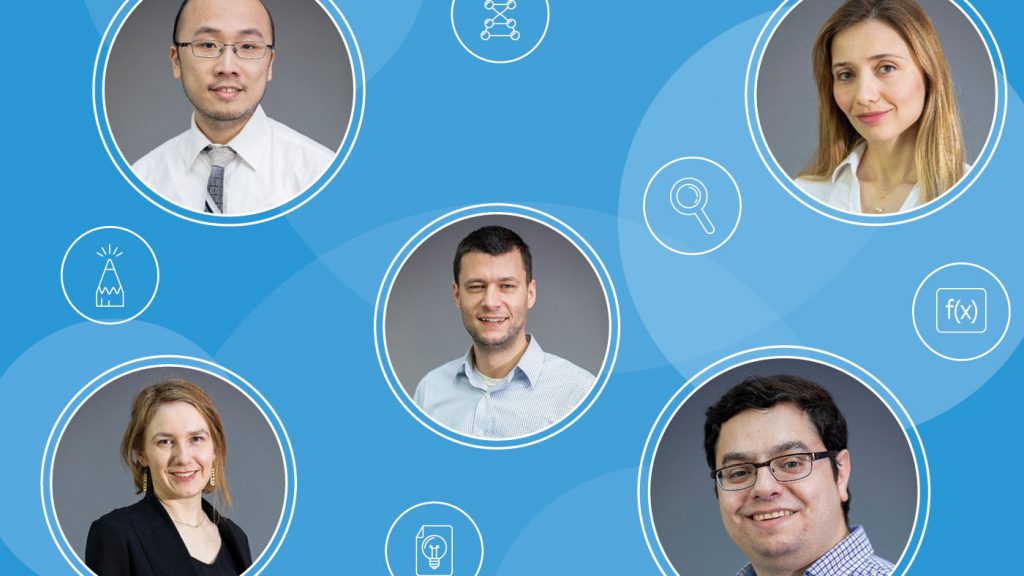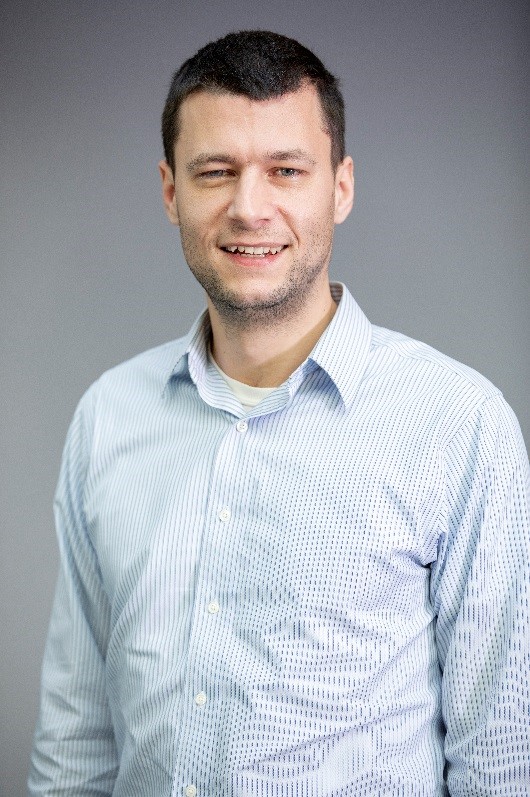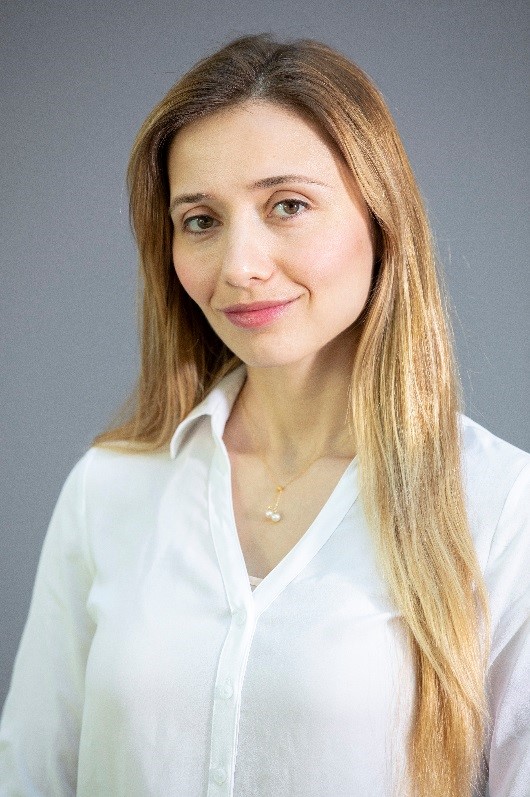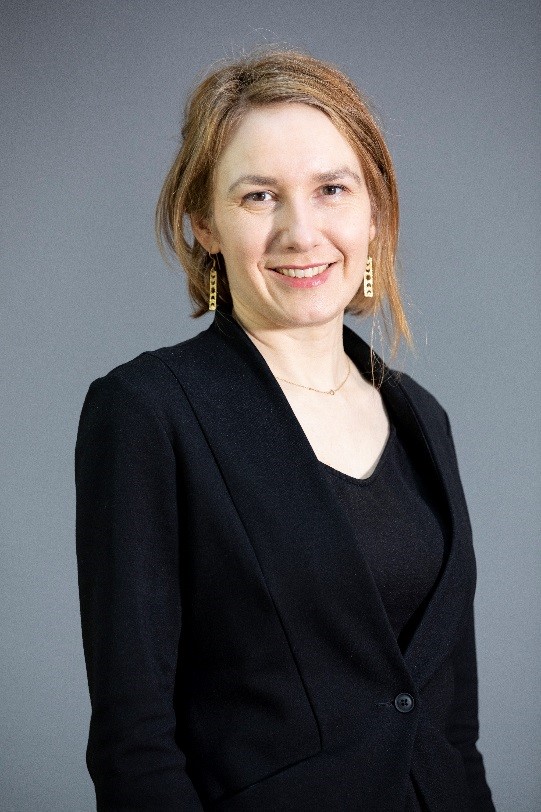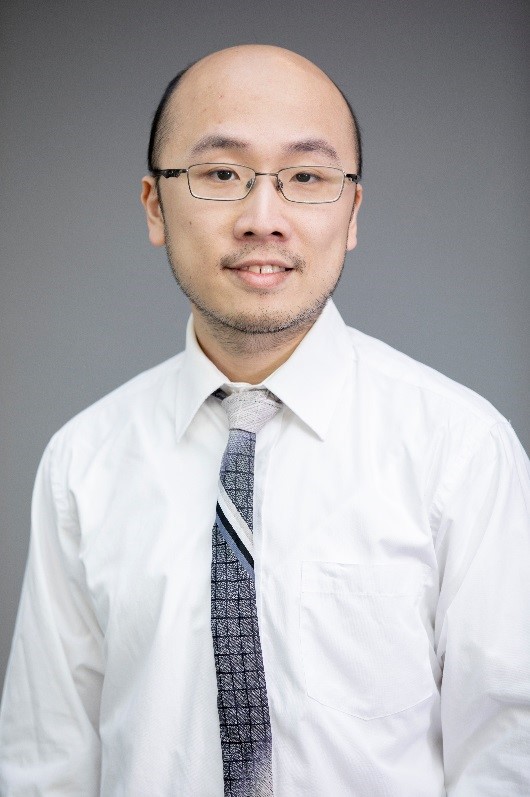This post has been republished via RSS; it originally appeared at: Microsoft Research.
How does a leading research institution ensure the flow of computer science talent and keep the most talented minds in the space focused on solving today’s truly challenging problems? The Microsoft Research Faculty Fellowship recognizes innovative, promising new faculty members with $100,000 USD annually for two years to pursue breakthrough, high-impact research. The grant is an unrestricted gift, providing the Fellows the freedom to plan their research, hire graduate students, build labs, and acquire equipment.
These researchers were chosen through a rigorous, multi-tier selection process that involved 22 reviewers. The reviewers looked for future leaders who are at the beginning of their careers. The selection criteria included not only the capability to pursue cutting-edge research, but also the skills that are necessary to bring those ideas to fruition and to communicate complex concepts. The review process narrowed the list of candidates down to 13 finalists, who were then interviewed in person by a panel of Microsoft Research executives and researchers, along with prominent faculty from the University of Washington.
Out of this process emerged five researchers who not only have interesting research agendas, but who also have demonstrated the potential to do great work throughout their careers. Here are this year’s Microsoft Research Faculty Fellows:
- Mohammad Alizadeh, Assistant Professor, Massachusetts Institute of Technology, for research in learning-augmented network systems, programmable networks, and network protocols and algorithms for datacenters.
- Stefano Ermon, Assistant Professor, Stanford University, for research in techniques for modeling probabilistic data, inference and optimization, and applications in the emerging field of computational sustainability.
- Jessica Hullman, Assistant Professor, Northwestern University, for research in the development of computational tools to improve how people reason with and make decisions from data, with a focus on uncertainty representation through interactive visual interfaces that enable users to articulate and reason about prior beliefs.
- Yin Tat Lee, Assistant Professor, University of Washington, for research in theoretical algorithms, convex optimization, convex geometry, spectral graph theory, and online algorithms.
- Raluca Ada Popa, Assistant Professor, University of California, Berkeley, for research in computer security and applied cryptography.
The finalists were asked about their inspirations, approaches to research, the people who helped them along the way, and what was the one thing about their research that people should know.
“The Internet has been so successful, and we are all so accustomed to it, that it’s easy to think that networking is a ‘solved problem,’” shared Mohammad Alizadeh of MIT. “This is far from the truth,” he said. As a discipline, he explained, networking is a relatively immature field, in constant flux. “Just in the last decade, the networking landscape has changed dramatically, with the emergence of massive datacenters and the cloud, and the proliferation of mobile devices. Underlying this rapid growth is a tremendous amount of complexity, creating significant research opportunity to rethink how we build networks to better meet the needs of future applications, including those that have yet to be invented,” he said.
“The goal of my research is to enable innovative solutions to problems of broad societal relevance through advances in machine learning, optimization, probabilistic reasoning and inference,” said Stefano Ermon. “I develop new foundational methods by combining rigorous theoretical analysis with a principled experimental component, and apply these techniques to concrete real-world applications, focusing on a new area that bridges computer science with other disciplines to address core questions in sustainability, like poverty mitigation and food security.” Ermon was quick to attribute much of the success of his Stanford AI group’s research efforts to his students as well as his PhD advisors Carla Gomes and Bart Selman.
Raluca Ada Popa summarized, “I build systems with strong security properties via a synergy of systems design and advanced cryptography. This fellowship will fund brilliant PhD students working to strengthen computer security.” Popa expressed her immense gratitude to Bill Bolosky, who championed her cryptography research early on. “While advanced cryptography is often admired for its magical capabilities, it is all too often dismissed as impractical for real world systems,” she said. “My work shows that there are many settings where one can build practical systems using advanced cryptography. The key is designing new cryptography tailored to the systems setting and architecting a new system that leverages the cryptography.”
“I’m trying to push the boundaries of how we represent and support reasoning about uncertainty in data with my work,” explained Fellow Jessica Hullman of Northwestern University. “I think too often we build interactive data analysis and visualization systems that are agnostic to a user’s prior knowledge and preferences, and this prevents a system from actually building on or enhancing inferences about data,” she said. “The Microsoft Research Faculty Fellowship will give my students and me more freedom to explore how our ideas around uncertainty visualization and reasoning can be useful in other domains. I see exciting new research opportunities related to supporting understanding of statistical model results and technology-aided decision making under uncertainty. I’m excited to use the fellowship to expand our thinking to problems like machine learning model interpretability and bias, education, and medical decision making, to name a few.”
Yin Tat Lee expounded on his wide-open approach to chasing ideas. “While I devote my energy on theoretical algorithmic research such as how to solve some decades- or even centuries-old problems faster, I am often surprised how much these ideas can be used to solve difficult modern problems,” said Lee. “Theoretical computer scientists are like particle physicists, instead of understanding the limits of physics, we understand the limits of computation. Although it looks impractical for outsiders, it often leads to important useful results. Fascinatingly, this research sometimes splits into new fields as we focus on the next fundamental question,” he said. “The Faculty Fellowship provides a unique opportunity to accelerate frontier research.”
Alizadeh agreed. “The Microsoft Research Faculty Fellowship will enable new interdisciplinary projects at the intersection of networking, systems, and machine learning, and allow us to expand our research on the algorithmic and systems foundations for learning-augmented network systems,” he said. “I hope this will facilitate opportunities to collaborate with researchers at Microsoft to demonstrate and deploy our solutions in real-world systems.”
These five academics are pursuing some of the most exciting areas of computer science. Microsoft Research is happy to support these emerging leaders as they continue to conduct their high-impact research.
The post Mine the best minds—Microsoft Research Faculty Fellowship appeared first on Microsoft Research.

